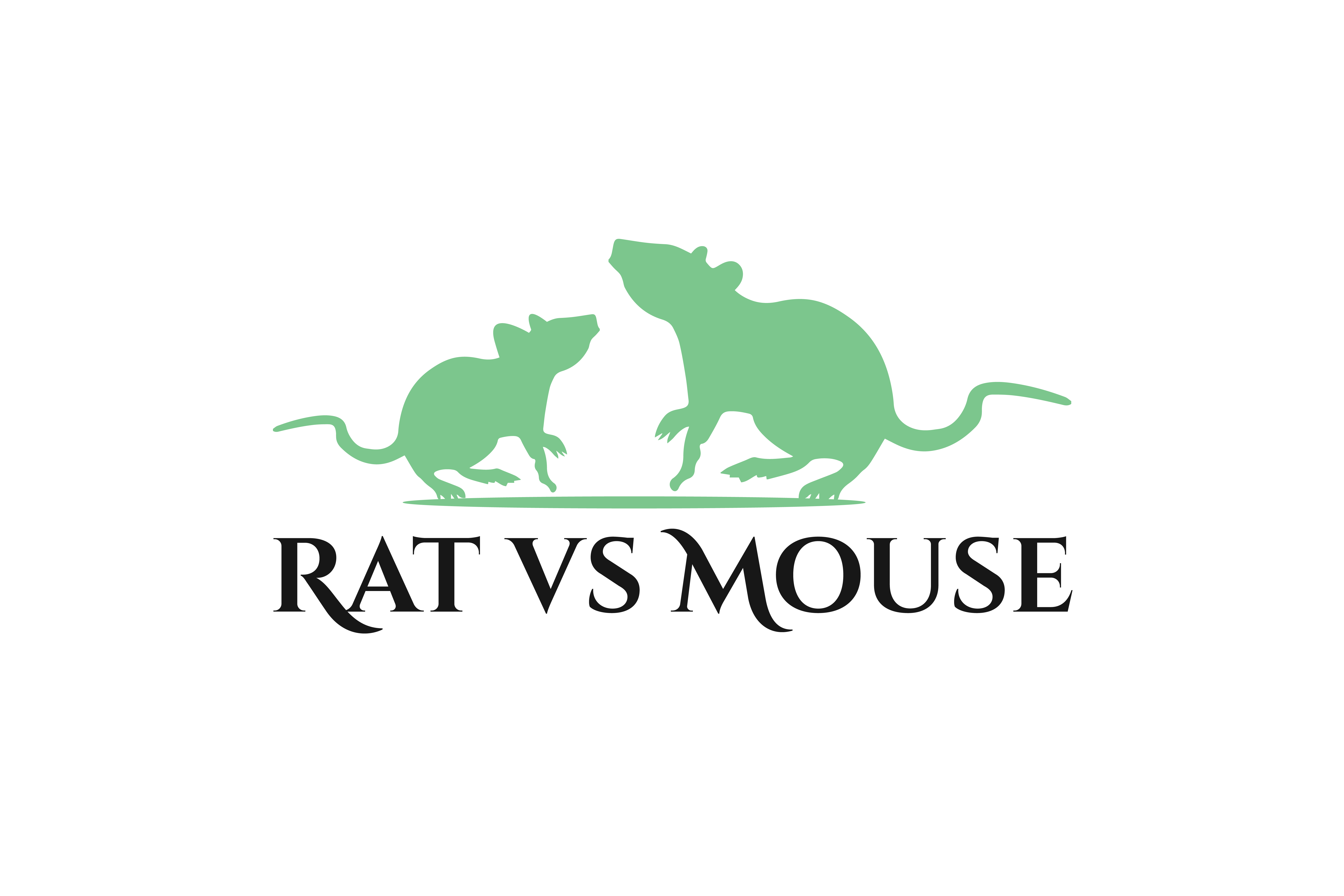
In any home, the presence of rats and mice can be a great nuisance. These rodents have learned to live in the presence of humans both in urban and rural areas. They may be small in size, but they are capable of causing vast amounts of damage and are carriers of disease. These rodents find food and shelter in buildings and homes, causing an infestation of rats or mice in a matter of weeks or months. This is associated with a great number of problems that people have to deal with.

Problems Caused by Rats and Mice
- Rats and mice can easily enter any building or home. They only need a small hole or crack to make their way in.
- Both these rodents usually scavenge around your home in search of things to eat, contaminating food with their urine and feces along the way. Their droppings can pose a dangerous risk to our health.
- Probably the most annoying issue is that both these rodents chew on anything they come across. This can range from electrical wires, curtains, wooden furniture, clothes, and paper. Chewing on electric wires and cables can be dangerous. Not only is it a fire hazard, the repair process will be a very costly one.
- Many rats and mice also carry fleas and mites on them that can be passed on to your household.
- In addition, rats and mice can cause injuries to humans. Some humans get scared at the sight of a rat or mouse and injure themselves with broken bones or fractures.
- Both these rodents produce offspring in abundance, so if they build a nest in your home, you will soon have more than one rodent to deal with, and trapping them all will become a huge problem.

Diseases Caused by Rats and Mice
Having been responsible for causing some of the most damaging outbreaks of all times, rats and mice are known to carry and transmit about 55 different types of diseases.
- Bubonic plague is one of the most deadly diseases that rats can cause. The plague is transferred by the bite of an infected rat or rat fleas. This disease is fatal and can lead to death as soon as symptoms begin to appear.
- Another devastating disease is the Hantavirus pulmonary syndrome. The disease is transmitted by inhaling air droplets from rodent urine and feces. The result is very severe respiratory complications and kidney disease, sometimes resulting in death.
- Salmonellosis is food poisoning caused when rat or mice droppings come into contact with food we consume. It can be a fatal disease for immunocompromized individuals and the elderly. In other cases, salmonellosis can cause vomiting, abdominal cramps, and nausea for up to a week.
- Another disease transmitted through the urine of these rodents is Leptospirosis, which causes fever and jaundice. If not treated, it can lead to kidney damage, liver damage and meningitis.
- Rickettsialpox is transmitted through the bite of infected mites. Symptoms include fever, aching muscles, fatigue and rash. Although not fatal, treatment is essential.
- Lymphocytic choriomeningitis is a viral disease transmitted from the urine and saliva of rats and mice. Fever, muscle aches, nausea, loss of appetite and vomiting are some symptoms of the disease. Sometimes, inflammation of the central nervous system occurs and leads to meningitis, which can be fatal.
Apart from these diseases, Rat bite fever, Tularemia and Lyme disease are other diseases that are associated with rats and mice.

Disease Prevention
In order to avoid any disease from being passed on, here’s what you should do:
- All suspected areas should be disinfected thoroughly before cleaning to prevent airbone transmission of some diseases.
- Use gloves and be extremely cautious when handling contaminated food and rodent material.
- Remove all rat and mice urine and feces when you come across them.
- If you find any nest material, discard it in airtight bags.
